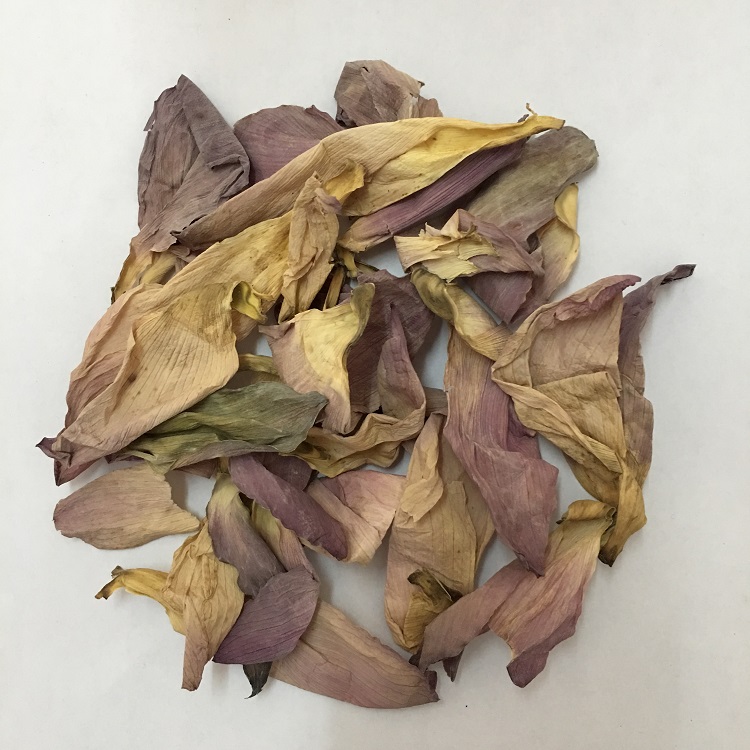
The lotus flower, scientifically known as Nelumbo nucifera, is an aquatic plant that holds significant beauty and cultural importance across many Eastern countries, especially in Asia. Renowned for its elegance and serene presence, the lotus flower is often celebrated in art, literature, and philosophy. Here are some key characteristics and features of the lotus flower:
Botodily Description:
The lotus flower grows atop long stems that rise above the water's surface.
Its leaves are large and circular, with a characteristic hole in the center that allows water to flow through.
The flowers come in various colors, though the most common are pink and white. They have numerous petals that open up during the day and close at night or during overcast weather.
The lotus flower is known for its ability to bloom even from the mud, symbolizing purity and rebirth.
Cultural Significance:
In Buddhism, the lotus is a sacred flower symbolizing purity and enlightenment because it can emerge unblemished from muddy waters.
In Hinduism, the lotus is associated with several deities, including Brahma and Lakshmi, and is considered a symbol of divine beauty and prosperity.
In Chinese culture, the lotus is one of the "four gentlemen" (plants) that are traditionally held in high regard, representing nobility and perseverance.
Uses and Applications:
Lotus flowers are used in herbal medicine to treat various ailments, such as diarrhea and fever.
All parts of the lotus plant are edible; the seeds are commonly consumed dried or ground into a flour, and the roots (rhizomes) are used as a vegetable known for its crisp texture.
Lotus leaves and flowers are sometimes used in teas or as a garnish in culinary dishes.
The lotus flower is a popular subject in East Asian art, featuring in paintings, poetry, and sculptures.
Ecological Aspects:
Lotus flowers are important for their ecosystems, providing habitat and food for aquatic organisms.
They also help to oxygenate water bodies and reduce algae growth by blocking excessive sunlight.
The lotus flower's unique life cycle and ability to thrive in both muddy waters and pristine environments have made it a source of inspiration and admiration for centuries. Its influence extends beyond its natural beauty to play a central role in the spiritual and artistic traditions of many cultures.






